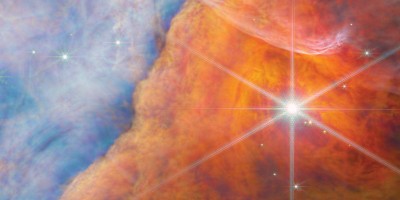A radio detection of an old red dwarf might reveal the presence of a planetary system, and open up the search for exoplanets to a new technique.

References
Vedantham, H. K. et al. Nat. Astron. https://doi.org/10.1038/s41550-020-1011-9 (2020).
Shimwell, T. W. et al. Astron. Astrophys. 622, A1 (2019).
Villadsen, J. & Hallinan, G. Astrophys. J. 871, 214 (2019).
Badman, S. V. et al. Space Sci. Rev. 187, 99–179 (2015).
Cauley, P. W. et al. Nat. Astron. 3, 1128–1134 (2019).
Kao, M. M. et al. Astrophys. J. 818, 24 (2016).
Pineda, J. S., Hallinan, G. & Kao, M. M. Astrophys. J. 846, 75 (2017).
Author information
Authors and Affiliations
Corresponding author
Rights and permissions
About this article
Cite this article
Pineda, J.S. Stellar radio aurorae signal planetary systems. Nat Astron 4, 562–563 (2020). https://doi.org/10.1038/s41550-020-1025-3
Published:
Issue Date:
DOI: https://doi.org/10.1038/s41550-020-1025-3
- Springer Nature Limited


